In a display of the rapid recovering cruise economy, three large cruise ships — Costa Serena, Royal Caribbean's Spectrum of the Seas, and Adora Magic City— docked at Shanghai’s Wusongkou International Cruise Terminal on Tuesday.
Together, the three cruise liners handled 22,000 inbound and outbound passengers on a single day, according to Shanghai Baoshan, the WeChat account of Shanghai’s Baoshan District, where the cruise port is located.
This marks the highest single-day passenger volume since the port resumed operations, reinforcing Shanghai's position as China's top cruise tourism, and an important step for Chinese cruise homeports to march toward global cruise hub ports, according to Shanghai Baoshan.
And, Baoshan District plans to increase investment and strengthen cooperation with international cruise companies to attract more high-quality vessels and diversify cruise offerings to tourists.
Authorities will also enhance infrastructure and services at the Shanghai International Cruise Tourism Resort, integrating cultural and tourism experiences to provide visitors with more travel options. The efforts aim to establish Baoshan as a key global cruise destination and further advance China's cruise tourism sector, according to Shanghai Baoshan.
In the first five months of this year, Shanghai saw a sharp rise in cruise passenger traffic. The Shanghai General Station of Immigration Inspection reported 279 cruise ship entries and exits up 89.8 percent year-on-year and 828,000 passenger trips, a 63.6 percent year-on-year increase, China Media Group reported.
During the past year, visa-free policies for cruise travelers have drawn a growing number of overseas tourists to China. To transform port traffic into consumer growth, Shanghai’s cruise-related businesses have launched new "cruise+" service packages.
Additionally, Shanghai has partnered with nine coastal cities to form a "cruise + consumption" city alliance, leveraging cruise tourism to boost regional economic connectivity.
"Cruise tourism serves as a strong driver for consumption," said Zhang Jie, Deputy Director of the Shanghai Municipal Commission of Commerce. "While 70 percent of China’s cruise passengers depart from Shanghai, many wish to explore other coastal cities. The alliance will enrich travel choices for consumers by fostering cross-regional collaboration."
Wang Peng, an associate research fellow at the Beijing Academy of Social Sciences, told the Global Times on Tuesday that policy dividends, such as the visa-free policy, have significantly fueled the recovery of the cruise market.
It plays a pivotal role in boosting inbound consumption by driving full-spectrum consumption including duty-free shopping and shore excursions, which in turn enhances economic integration between port cities and the surrounding areas, Wang said.











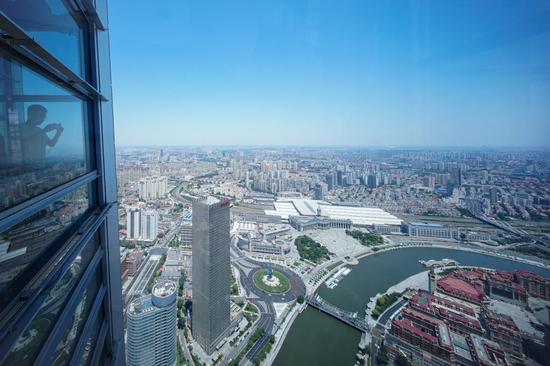



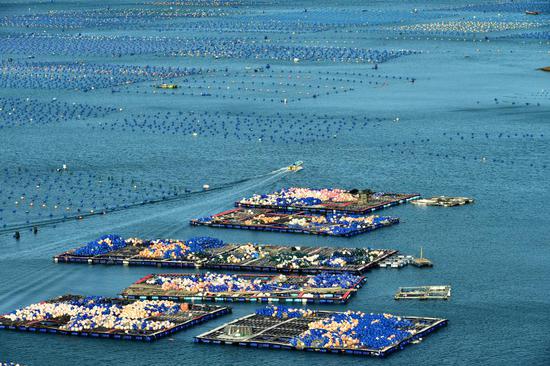


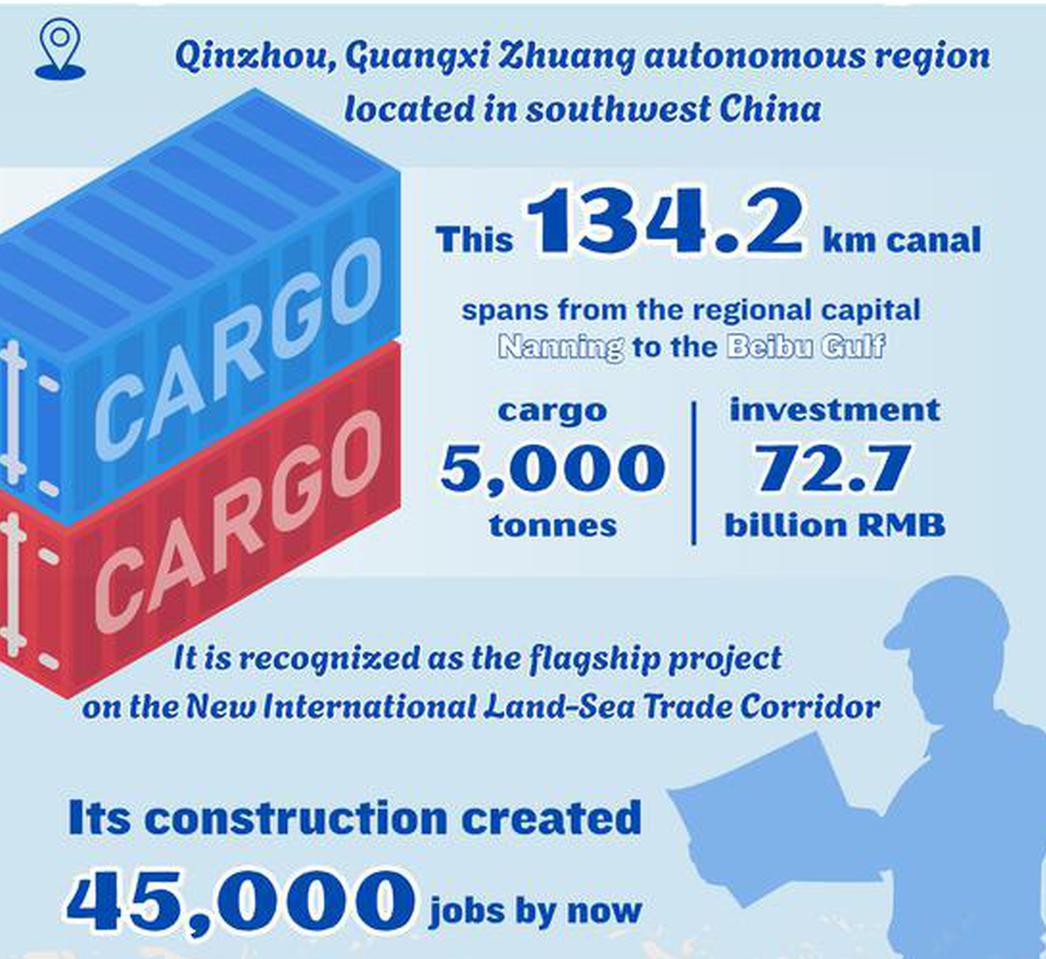




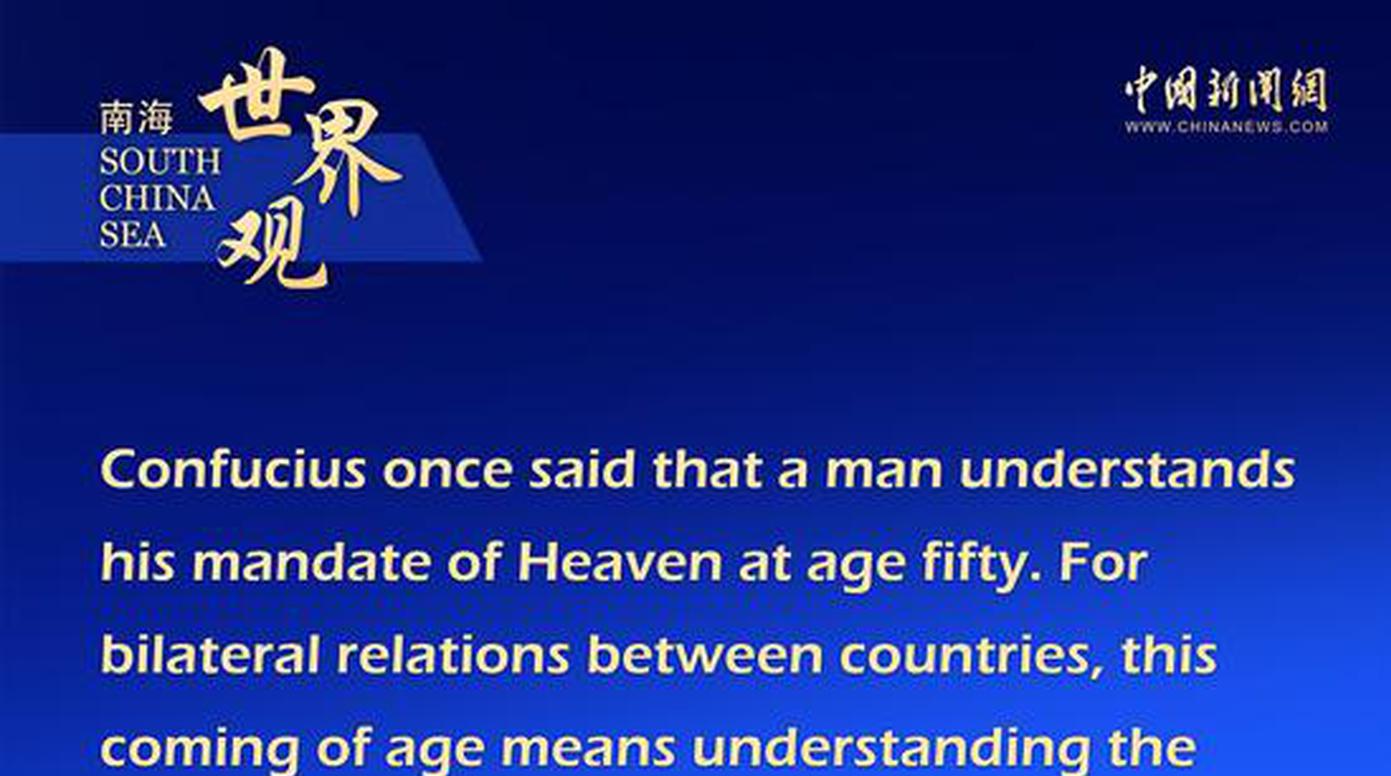










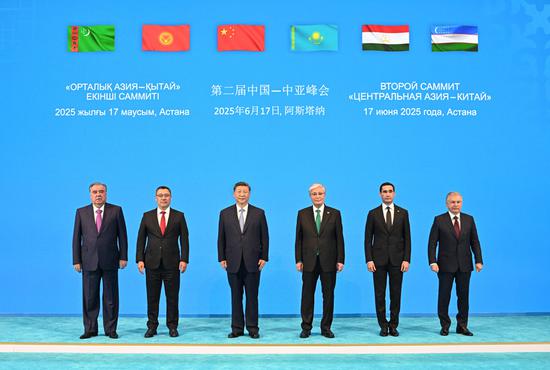















 京公網(wǎng)安備 11010202009201號(hào)
京公網(wǎng)安備 11010202009201號(hào)